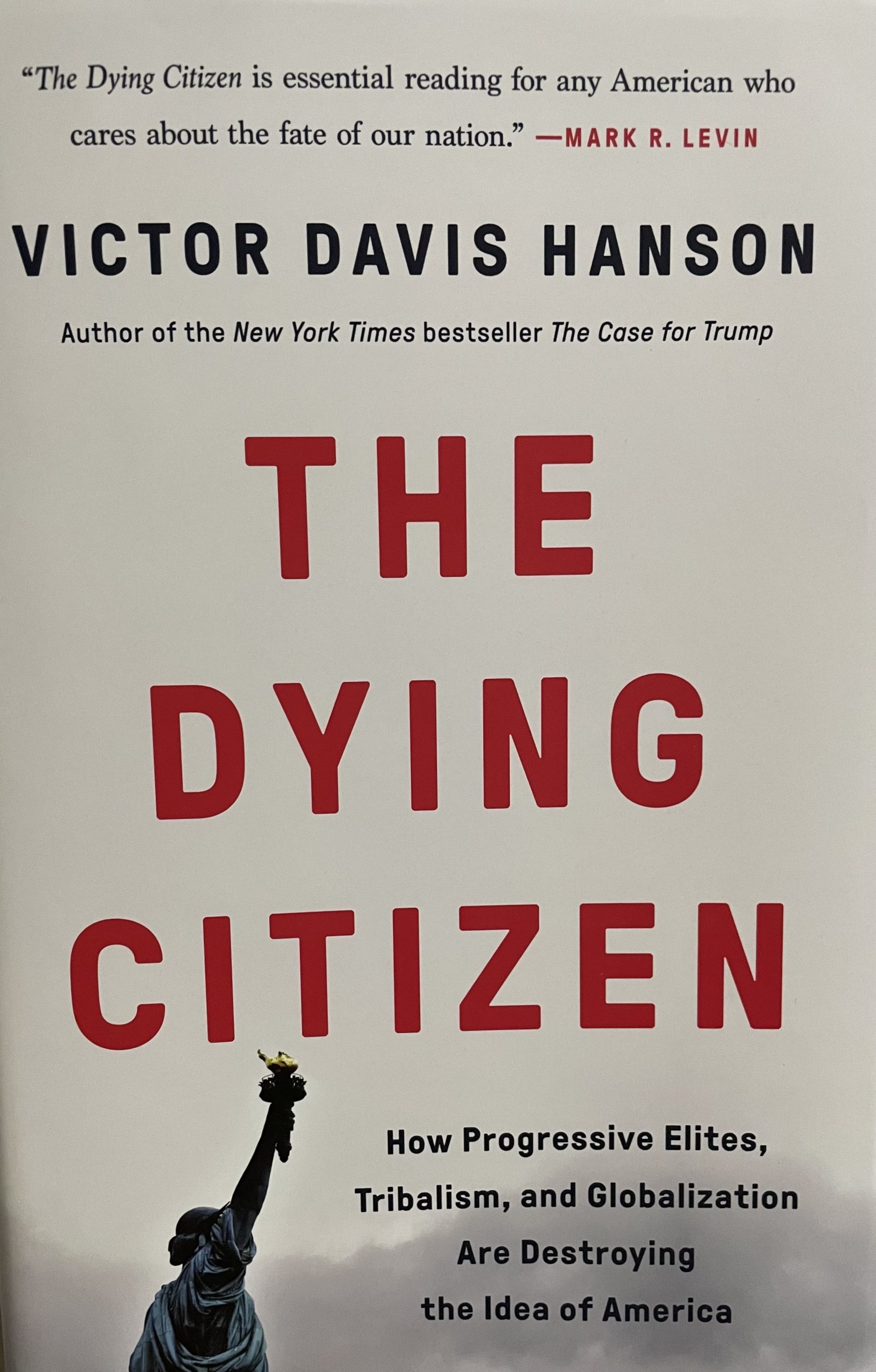The MLA held a panel discussion on American torture policy, according to comic books and popular movies like Zero Dark Thirty or V for Vendetta. About 50 people attended the panel discussion. The panel was composed of professors Liz Maynes-Aminzade of Harvard, Christopher Pizzino of the University of Georgia, Peter Yoonsuk Paik of Wisconsin-Milwaukee and Mark Sample of George Mason.
Maynes-Aminzade analyzed torture in pop culture and American society through television shows like “24” and movies like “Zero Dark Thirty.” She said it “seems short-sighted to classify ‘Zero Dark Thirty’ at a pro-torture film, but then said that “I think that ‘Zero Dark Thirty’ can be [considered] a pro-torture film.” “The film shows a pro-torture slant,” Maynes-Aminzade said, and “doesn’t hint at any possible long-term consequences” of torture policy, like fueling more anti-American sentiment. She said that “24” fans were more likely to approve of torture in dire circumstances and that although “Zero Dark Thirty” was a major box-office hit, “backlash soon began driven by periodicals like The Guardian and the New Yorker”. Their main criticism was how the movie gives a “false impression that torture works”. She showed a couple of torture scene clips from “Zero Dark Thirty” to make her point and said that the feeling of helplessness was “what the American liberal is feeling” regarding torture policy. Maynes-Aminzade concluded that movies like “Zero Dark Thirty” is “influencing American public opinion on torture”.
Pizzino’s speech praised movie director Kathryn Bigelow and actress Brenda Chastain, and added that Bigelow is now “considered an autor” and a critic of mainstream ideas. He noted how a decade ago, Bigelow would not have been considered a major director in Hollywood. Pizzino said that Bigelow “is drawn to the moment where” man is exposed to the elements or to his own weakness and showed clips from “Point Break” and “Hurt Locker,” much to the audiences’ interest. He said that “torture attacks the very concept of a human being…by the most challenging means” and is why there has been substantial focus on American torture policy. Pizzino felt that Bigelow’s movies show that “a human being is a structure of impulses” where if enough force is applied, a person can change. He went on to say that torture is “a larger threat to human dignity” and that this “animalistic view, is out in the open more clearly than before” because of Bigelow’s movies like Hurt Locker or Zero Dark Thirty. Yet, he contradicted Maynes-Aminazade when he said that “Zero Dark Thirty” is not about torture, “how characters see themselves”.
He claimed that Bigelow’s vision of torture echoed “the Bush Doctrine” and the War on Terror, where “torture has become fascinating to our imagination and our political imagination”. Pizzino stated, “I don’t think people care about torture…they care about because it opens up, a small scale, a victory of the enemy” because it illustrated the view of “regime change, one detainee at a time, as it were”. Even after admitting that “I am far outside my area of expertise”, Pizzino offered his criticisms of torture policy and its role in pop culture. He said that Americans are “unready…to face the philosophical” underpinnings and meanings of torture.
Peter Paik began his remarks by blaming the “Bush years” for the ideology “that we can use violence to hurt evil people”, without defending his point with examples. Instead, he took a look at the comic book series Why the Last Man and the movie “V for Vendetta” to argue his point. He dove into how torture is an important part of both the comic book and the movie, but noted specifically how torture is used to create a new identity for the victim or main character. In “V for Vendetta,” the torture is done “for the victim” and her own sake to help her become a stronger person. Paik then turned to Oedipus, who was similar to these main characters in that he did not have to fight a physical monster, but a mental or psychological monster. Like Oedipus, the main characters endured torture because they used Oedipus’ “rational intelligence” and their mind to overcome their torture demons.
Mark Sample rounded out the discussion and analyzed video games such as Skyrim, Dishonored and Splinter Cell. In most of these games, interrogation facilities are “erased” and replaced with “a heroic quest for truth” in extracting truth from prisoners in the games. He categorized games with torture into the following subjects:
- Discipline and control, where the player manages a prisoner or space of containment in terms of a specific mission or goal (such as obtaining specific information).
- Confinement or escape, where the player has to escape confinement.
- “Tours the Prison” perspective, where the players sees “what torture looks like” without actually engaging in torture. It “evokes the atmosphere of the fictional world”, Sample said.
He went on to say that “video games can tap the emotional residue” of human experiences and at times, can be a “show” for the players, like in the video game Dishonored. In that game, “torture is about intimidation, performance of power” and yet “this does not match with our perception of torture”. This is what Sample called “clean torture” or “stealth torture”, which is Hollywood-esque in appearance and feel.










